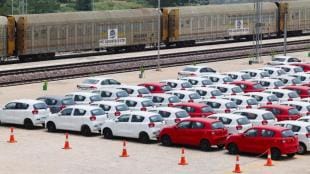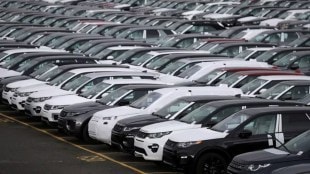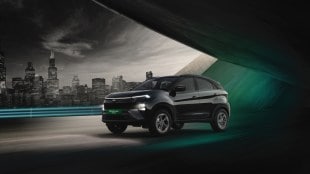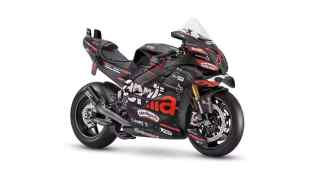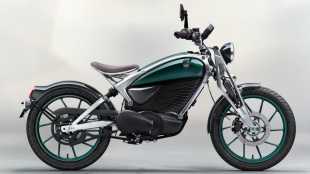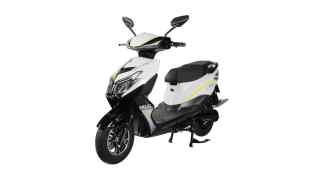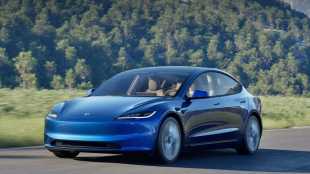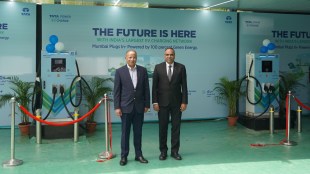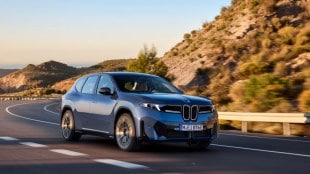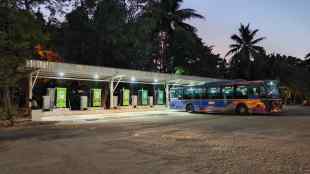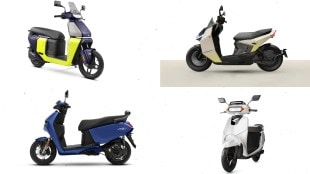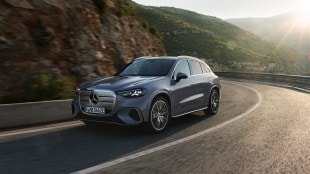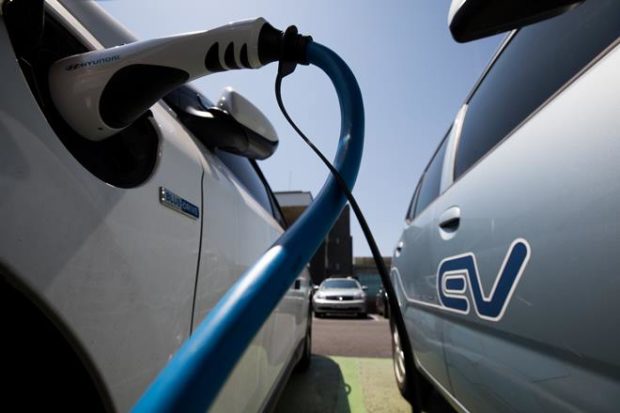
While the rest of the country waits for word from the centre on a pathway toward electrification of mobility, the Delhi Government has put their best forward releasing their own draft electric vehicle policy, that is nothing short of pathbreaking. Possibly one of the most lucid, focused and inclusive electric policies that we have seen to date, not only looks at personal conveyance and public transport but also has provisions that will boost the Electric Vehicle infrastructure, which is crucial to their implementation. Although the policy is still in draft form, it is being hailed as one of the most groundbreaking moves by any state government for the implementation of electric vehicles. Once implemented the Policy will look to ensure the adoption of 25 per cent e-vehicles among new registrations by 2023.
Proposed Electric Two-Wheeler Incentives Delhi
At the outset, the Policy targets Electric Two-wheelers, with the consideration that 2 out of 3 new vehicles registered in Delhi are two-wheelers. The draft identifies the most popular segments being motorcycles between 110-125cc and scooters between 90-125cc, saying that any attempt of electrification will have to start here. To do that the draft has provisions for huge incentives on the purchase of new two-wheelers. This includes a Purchase incentive equivalent to 50% of the demand Incentive offered under the FAME India Incentive. This will be bolstered by another 50% of the FAME India incentive in the form of a ‘Top-up Incentive’ that will be provided to vehicles for three years after the date of the notification of this policy. If that’s not all, Road tax, registration fees and MCD one-time parking fee will be waived for all electric two-wheelers with an ‘Advance Battery’.
Existing ICE two-wheeler owners will get scrapping and de-registration incentive of up to ₹15,000 per vehicle for scrapping two-wheelers that are not BS IV certified in addition to what you earn for the metal weight of the vehicle from the scrap dealer.
Proposed Public Transport Incentives Delhi
In addition, the draft states that the highest proportion of passenger-kilometres travelled are by public and shared transport vehicles (e.g., buses, auto rickshaws and cabs). To this end, the policy focuses on incentivizing electric three-wheelers with a focus on the purchase, maintenance and infrastructure. The Delhi government has committed to bringing 1,000 electric buses to the city by 2019. These will contribute to 50% of all buses plying in the NCR being zero emission machines. In addition, GNCTD will offer reasonable incentives to operators of private stage-carriage vehicles of all sizes to ensure that battery electric vehicles make up least 50% of the entire public transport system in Delhi by 2023.
Incentives on Electric Cars & Other Vehicles
The Delhi Government has rightly estimated that four-wheelers are likely to be the last to be electrified in India. To drive the initial sales and provide incentives to both manufacturers and customers, Road tax, registration fees and MCD one-time parking fee will be waived for all other electric vehicles that are eligible for FAME India demand incentives. This waiver will apply for the period of this policy i.e. 2018-2023.
Infrastructure For Electric Vehicles
The infrastructure of an EV eco-system is crucial, and the Delhi Government has thought of that too, with a clause that requires new buildings to have 20% EV Ready Electric Charging Stations with conduits installed. While older buildings under RWA and Co-op Group Housing Societies will get 100% grants for the installation of these charging points, at a rate of up to Rs 30,000 per charging point for the first 10,000 Charging stations across Delhi.
In addition, public ECS infrastructure will also be organised with the city divided into 11 travel districts such that one has access to charging infrastructure every 3 kms, in existing public parking zones,
bus depots and terminals, metro stations and other GNCTD identified locations such that they offer easy entry and exit.
| Vehicle Categories | FAME India, 2015 (and subsequent amendments) | Air Ambience Fund/DPCC | Draft Delhi EV Policy 2018 |
| Mild, Strong and Plug-in Hybrid Vehicles | Demand incentive as applicable | NIL | NIL |
| Pure Electric – Battery Electric Vehicles’ | Demand incentive as applicable | Subsidy as per cost of vehicle provided to purchaser | Purchase Incentive – Top Up Incentive – Scrapping Incentive (all incentives applicable at time of purchase and payable to Auto OEM or dealer) |
| Two wheelers | Demand incentive – Level 1&2 (₹9400 – 22,000 per vehicle) | Subsidy to purchaser – ₹1000 for vehicles that cost up to ₹20,000 – ₹2000 for vehicles that cost more than ₹20,000 but less than ₹25,000 – ₹5,500 for vehicles that cost more than ₹25,000 | Purchase and Top Up Incentives for specific vehicle categories (i.e., High power with Advance Battery); ₹11,000-22,000 per vehicle – Scrapping Incentive of up to ₹15,000 |


